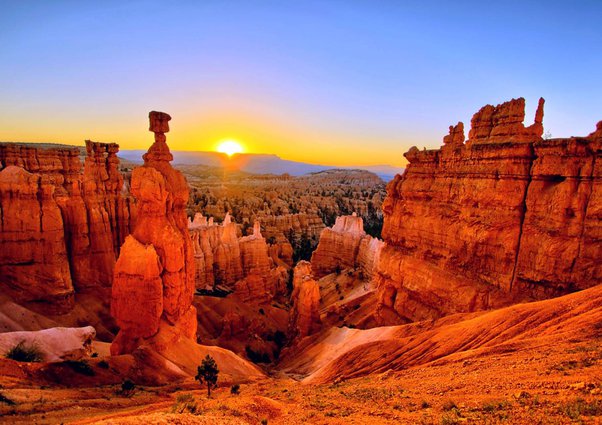Sometimes, task ceases once the tectonic dish eventually actions from the hot spot. But in the others, as an example in Hawaii and Japan, the island restaurants continue to evolve, with many of the volcanoes however active today Structural Geology of Nigeria.
The volcanic archipelago we know while the Galapagos Islands is situated nearly 1,000kms down the shore of Ecuador, in South America, spread around both parties of the Equator. With a landscape of extreme variety and great beauty, the geology and organic record of this exciting region are of enduring interest.
in South America, spread around both parties of the Equator. With a landscape of extreme variety and great beauty, the geology and organic record of this exciting region are of enduring interest.
For people who come to the islands on a Galapagos holiday, combined with the endemic wildlife, the stimulating history of how they came to create is what lends it this type of unique appeal.
The region is located right on the Nazca tectonic dish, therefore is in a continuing state of movement. Anywhere from 3-10 million years ago (relatively new in the real history of the universe) the archipelago was formed by continuous volcanic eruptions while the tectonic dish (which is the main Earth’s crust) moved around especially hot aspects of the Earth’s key core – the “mantle” ;.
(This is dissimilar to land-based pile stages that arise when two tectonic plates collide.) Following repeated eruptions in the same spot around millions of years, the volcanic planet was pushed through the outer lining of the sea to create the islands of the archipelago.
Because this repeated volcanic action occurred around many millennia, a number of the islands in the sequence are considerably avove the age of others. Espanola and San Cristobal on the eastern area, as an example, appeared many millions of years ahead of the european islands of Fernandina and Isabela, which are most likely only a couple of hundred thousand years old.
There’s however important volcanic task in the region and the landscape is dynamic. There has been up to 50 eruptions before two centuries, creating new area formations and, more worryingly, posing a risk to the success of the fine ecosystem of the archipelago.
Geologically, all the islands in the sequence are the same – formed as an individual volcano – aside from the largest, Isabela, which can be comprised of six merged volcanoes. They are characteristically cone-shaped, with countless high mountains created by the adding action of continuous and maintained volcanic eruptions. There’s an enormous variety in the levels of the islands, with some as much as 5,000m over ocean stage and the others less than a few metres.
As a result of continuing eruptions, the landscape is dotted with lava areas, wherever molten lava has fallen and cooled. There are also countless lava pipes running beneath the outer lining of the landscape. These underground tunnels once carried lava from heavy in the Earth’s core, but nowadays may be investigated without any danger.
In marked comparison, in addition to the lunar-like lava areas and extraordinary volcanic peaks, the islands are characterised by their idyllic sandy bays and beaches, which are applied by the distinct seas of the Pacific Ocean.
Understanding the history behind its formation is an essential part of increasing a further insight and understanding of this strangely beautiful archipelago. For everyone planning to visit here on a Galapagos holiday, delving into the exciting realms of the region’s geology can serve to really make the knowledge even more fulfilling.
For everyone by having an curiosity about organic record, the group of islands collectively called the Galapagos Archipelago is one of the very exciting areas on the planet. The region is well-known for its unique wildlife and the vital position it played in naturalist Charles Darwin’s study, that he produced his progressive Idea of Evolution.
the group of islands collectively called the Galapagos Archipelago is one of the very exciting areas on the planet. The region is well-known for its unique wildlife and the vital position it played in naturalist Charles Darwin’s study, that he produced his progressive Idea of Evolution.
While the majority of guests on advised Galapagos vacations appear to experience an in depth experience with the famous wildlife, learning a little of the area’s geologic record can enrich the experience actually beyond expectation.
The most frequent way for an archipelago to create is through continuous volcanic activity. (They can also type from continental islands, as a result of erosion or evaporation of water.) Volcanic archipelagos could form in the sea and in rivers or waters because they erupt on beneath the outer lining of the water.
When oceanic, the resulting area masses are called an “island arc” ;.Oftentimes that forms as a result of a “hot spot”, by which parts of the Earth’s crust (tectonic plates) continually shift and develop friction.
Wherever two tectonic plates match and develop a warm spot, magma (red-hot molten rock) can drive through the sea floor to create an underwater volcano. As tectonic plates continue to shift on the spot, the continuous eruptions cause lava to develop and up around millions of years until they emerge from the outer lining of the sea to create an island.
